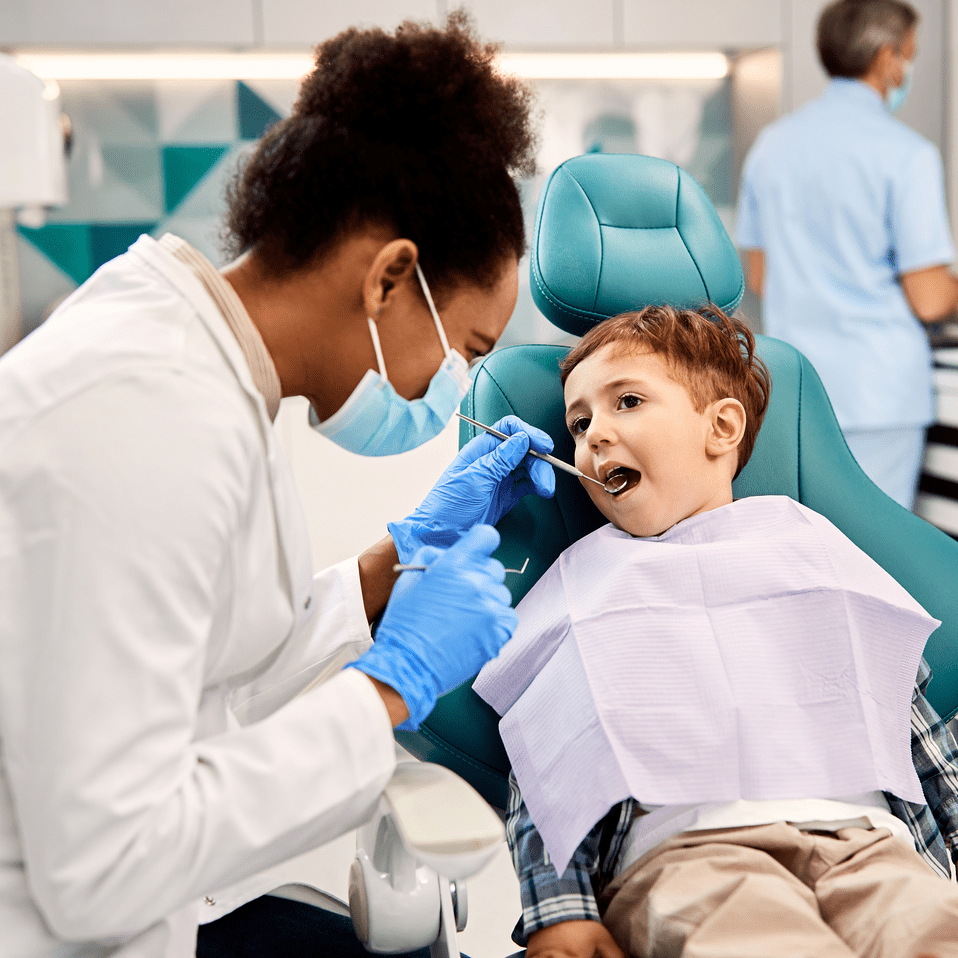welcome to ORTHOFacts.org
Just the facts.
Protecting the health and well-being of orthodontic patients is of paramount importance to the American Association of Orthodontists (AAO). The AAO has particular concerns about some common practices and policies within the mail-order orthodontic field. These concerns are based on reliable, peer-reviewed scientific evidence, unlike information from some who advocate for DTC companies. The AAO provides the following resources to support laws and regulations that best protect patients.
For more information or questions, you can contact the AAO Advocacy team at [email protected].

Take Action – Protect Patients Today
The Food and Drug Administration’s (FDA) Manufacturer and User Facility Device Experience (MAUDE) database tracks adverse events involving medical devices, including direct-to-consumer (DTC) clear aligners.
Orthodontists and Dentists who have treated patients harmed by DTC aligners are urged to report cases.
Advocacy in Action – Protecting Patient Safety In Ohio
The Ohio Dental Board is considering changes to specialty advertising laws that could undermine transparency in the dental profession. These changes could mislead patients and put their care at risk. Join us in urging the Ohio Dental Board to protect strong specialty advertising standards for the safety and well-being of Ohio patients!
Health and Financial Risks of Mail-Order Orthodontics
Health and Financial Risks of Mail-Order Orthodontics
Mail-order orthodontic treatment often leads to in-office retreatment.
AAO Position Paper on DTC Orthodontics
AAO Position Paper on DTC Orthodontics
Scientific evidence raises concerns about direct-to-consumer orthodontic treatment.
The Importance of In-Person Examinations
The Importance of In-Person Examinations
Get evaluated by a dentist or orthodontist before starting orthodontic treatment.
The Importance of Radiographic Imaging
The Importance of Radiographic Imaging
Evaluation and diagnosis, including X-rays, are crucial before starting orthodontic treatment.
Concerns about Patient Consent in DTC Orthodontic Treatment
Concerns about Patient Consent in DTC Orthodontic Treatment
The problem with providers only offering teledentistry services without face-to-face consultations.
A Former DTC Doctor Speaks Out
A Former DTC Doctor Speaks Out
Hear from a former dentist working for a direct-to-consumer orthodontic company who has testified in a class action lawsuit.
AAO Teledentistry Parameters
AAO Teledentistry Parameters
The AAO advocates for patient health and well-being through laws and regulations in the US.
Access to Care
Access to Care
Accessible orthodontic treatment should not need to compromise patient safety or care quality.
Myths vs. Facts
Myths vs. Facts
Too good to be true: Orthodontic treatment at home is cheaper and doesn’t require in-person visits. What’s not to like?
AAO Recognizes World Orthodontic Health Day
AAO Recognizes World Orthodontic Health Day
AAO Clinical Practice Guidelines
AAO Clinical Practice Guidelines
In 2023, the AAO’s House of Delegates approved revisions to the Clinical Practice Guidelines.
Teledentistry Catch-22
Teledentistry Catch-22
Mail-order orthodontic treatment is risky without proper exams and X-rays. causing concerns among dental boards and state legislatures.
Self-service Healthcare
Self-service Healthcare
TechNet has issued a warning about mail-order orthodontic providers who claim to provide “doctor-directed” treatment but are actually promoting “self-service healthcare.”
What You Need to Know Before Participating in a Partner Program
What You Need to Know Before Participating in a Partner Program
Partner programs offered by clear aligner companies may seem like a good way to get leads and increase earnings, but there could be hidden risks and complications.
Educating Patients about Mail Order Orthodontic Treatment
Educating Patients about Mail Order Orthodontic Treatment
Mail-order orthodontics can be dangerous. Educating patients is important, but legal risks can make it difficult for orthodontists to speak out.
AAO Concerns about the American Teledentistry Association and its Positions:
The American Teledentistry Association has been active advocating throughout the United States against regulations on teledentistry. Specifically, the ATDA argues that in-person examinations and x-rays should not be required prior to beginning orthodontic treatment. The AAO has serious concerns about the lack of evidence-based support for the ATDA’s positions, as well as concerns about whose interests the ATDA represents.
AAO Analysis of ATDA White Paper on In-person Examinations
The AAO believes that the ATDA’s arguments against requiring in-person examinations prior to beginning orthodontic treatment are not supported by credible scientific evidence. An examination of the ATDA’s argument against requiring in-person examinations, and the lack of credible scientific evidence in support, can be found below.
AAO Analysis of ATDA White Paper on Radiography
The AAO believes that the ATDA’s arguments against requiring x-rays prior to beginning orthodontic treatment are not supported by credible scientific evidence. An examination of the ATDA’s argument against requiring x-rays, and the lack of credible scientific evidence in support, can be found below.
Who is the ATDA?
The AAO has serious concerns about the ATDA’s close affiliation with certain direct-to-consumer orthodontic companies, as well as contradictions in the ATDA’s current advocacy messages. Its executive director makes arguments today that directly conflict with statements he made in his academic publications prior to forming the ATDA. A summary can be found below.


